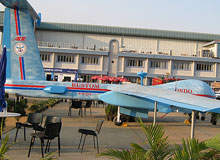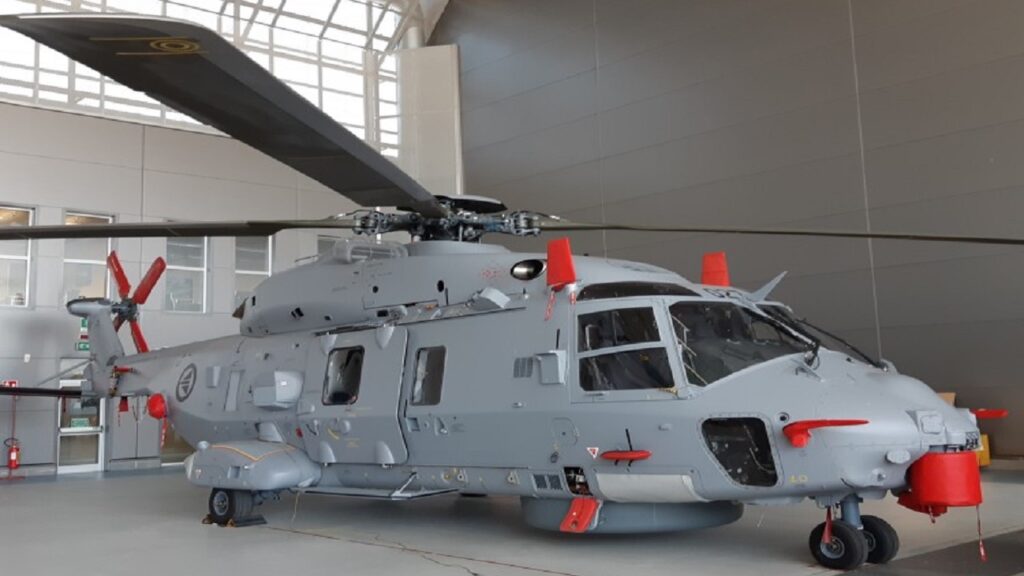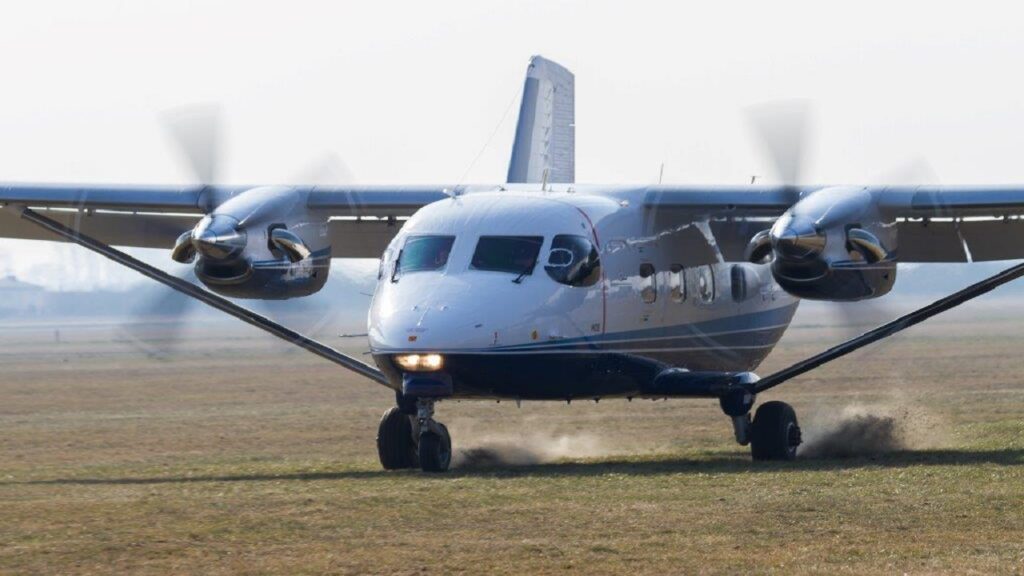
Rustom is a remote controlled, medium altitude and long endurance (MALE) unmanned aerial vehicle (UAV) being designed and manufactured by Aeronautical Development Establishment, a subsidiary of the Defence Research and Development Organisation, India, for the Indian Armed Forces.
It is derived from its forerunner, the Light Canard Research Aircraft (LCRA) built by National Aerospace Laboratories (NAL).
Flying at an altitude of 35,000ft, the Rustom captures real time imagery of the battlefield and transmits information to the ground control station (GCS) through a satellite communication datalink.
Rustom UAV variations
The Rustom has three variants: Rustom-1, Rustom-H and Rustom-C.
The Rustom-1 is a standard model built for tactical surveillance. The variant took off for its maiden flight from Taneja Aerospace and Aviation (TAAL) airfield in May 2011. It has an endurance of 12 to 14 hours.
The Rustom-H will be larger than Rustom-1 and can fly for a maximum of 24 hours. It will be powered by two conventional wing mounted turboprop engines.
A military version of Rustom-H, the Rustom-C, will execute both combat and surveillance missions. It will carry a guided strike munitions on each wing.
Design specifications
The Rustom has been designed to carry out both military and commercial operations.
The 20m wide aerial vehicle can execute intelligence, surveillance and reconnaissance (ISR) missions even in the worst climatic conditions.
The aircraft can also perform border patrol, coast guard and maritime patrol operations.
Development phases
Rustom is being developed by the Indian Government in two phases to supersede the Heron UAVs currently in service with the Indian Armed Forces.
Work on phase I includes transforming the LCRA into Rustom prototype and carrying out flight tests. The Rustom will be delivered to the customers during the second phase.
DRDO has developed the prototype to validate the technologies for the Rustom project.
The prototype took off for its first trial in September 2008. During the maiden flight in November 2009, it crashed due to incorrect judgement of altitude.
The request for proposal (RFP) was issued to four companies: Tata Advance Systems, Larsen and Toubro, Godrej Precision Systems and Hindustan Aeronautics Limited (HAL)-Bharat Electronics Limited (BEL).
The joint bid of HAL and BEL was selected for Rustom development. The HAL-BEL joint venture and ADE are the prime contractors involved in the project.
The second maiden flight of the Rustom was successfully completed in October 2010. The UAV is scheduled to enter service in 2012. The Cabinet Committee on Security (CCS) approved INR10.54bn funding in March 2011 for developing a meliorated version of Rustom-1.
About INR1.156bn was earmarked for producing 15 aerial vehicles and the remaining INR0.384bn was earmarked to set up a dedicated aeronautical test range at Chitradurga, situated approximately 200km away from the city of Bangalore.
The Rustom features an all-modular composite airframe supplied by Zephyr. An electro-optic camera is installed beneath the front fuselage section to capture the battlefield imagery.
It is also fitted with a directional satellite antenna on the top of centreline fuselage section to minimise jamming and to allow communications up to 350km range from the GCS.
Navigation
The Rustom can be operated either manually from the GCS or through autonomous mode using GPS based in-flight way point control. The vehicle is equipped with an automatic take-off and landing (ATOL) system to assist in automated safe landing when communication between the vehicle and GCS fails.
Sensors
The UAV is incorporated with electro-optic (EO), infra-red (IR) and electronic intelligence (ELINT) sensors.
Radar technology
The Rustom is equipped with synthetic aperture radar, maritime patrol radar, laser range finder, radar warning, traffic collision and avoidance system (TCAS), laser illuminator and communication intelligence (COMINT).
Ground control station
Processing, retrieving, storing and monitoring of the real time imagery or videos captured by the Rustom are carried out at the ground control station (GCS). Communication between the vehicle and the GCS is enabled through a line of sight (LOS) satellite communication (SATCOM) datalink.
The Rustom can fly at a maximum speed of 225km/h. The range and service ceiling of the aircraft are 350km and 10,668m respectively.
The Global Unmanned Aerial Vehicles (UAV) Market 2011-2021
This project forms part of our recent analysis and forecasts of the global unmanned aerial vehicles market available from our business information platform Strategic Defence Intelligence. For more information click hereor contact us: EMEA: +44 20 7936 6783; Americas: +1 415 439 4914; Asia Pacific: +61 2 9947 9709 or via email.




